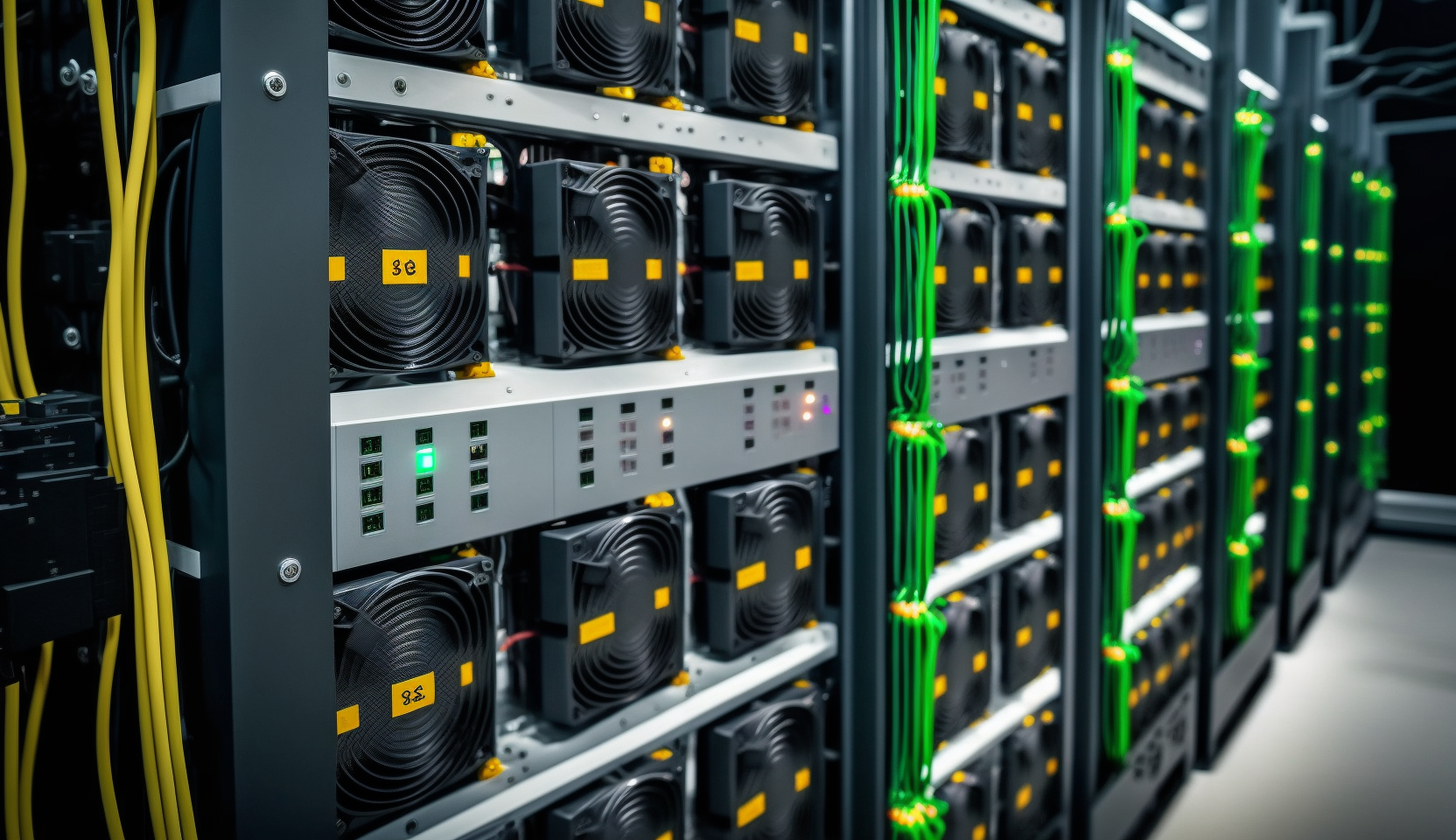Cryptocurrency markets extended losses on Thursday as Bitcoin, Ether, and other digital assets tumbled in a week marked by heavy liquidations, ETF outflows, and growing caution across risk assets. The slide comes just a day before a massive $22 billion in options tied to the two largest tokens is set to expire, amplifying volatility across trading desks.
Bitcoin fell below $110,000 for the first time in four weeks, shedding more than 3% by late afternoon in New York. Ether fared worse, dropping as much as 8% intraday to below $4,000 before trimming losses. The sell-off spread quickly to smaller tokens, with Solana, Dogecoin, and Cronos posting declines of 6% to 10%.
The rout has erased more than $140 billion in market value this week, according to CoinMarketCap data. Analysts note that the pressure has been fueled by forced unwinds of leveraged positions on offshore exchanges, where opaque reporting and differing index rules can magnify price swings. More than $1.6 billion in long positions was liquidated earlier in the week, with an additional $500 million cleared in the past 24 hours alone.
Ether has faced particular selling pressure, with U.S.-listed exchange-traded funds seeing nearly $300 million in net outflows since Monday. That shift in flows has coincided with technical breakdowns, raising the risk of further liquidations if the token slips decisively below $3,800. A deeper slide could drag on listed companies that hold large amounts of Ether and Bitcoin on their balance sheets, since these so-called digital-asset treasury stocks trade as leveraged proxies for underlying coin prices.
The sell-off also weighed on publicly traded crypto-related firms. Robinhood and Coinbase both lost more than 3% on Thursday, while mining and digital asset infrastructure companies posted similar declines. Investor sentiment toward the “treasury model,” where firms hold cryptocurrencies as part of their capital strategy, has weakened as premiums over net asset value narrow and new issuance dilutes holders.
Beyond crypto-specific factors, the broader macro environment has added pressure. U.S. equities pulled back from recent record highs amid worries that enthusiasm around artificial intelligence may have overheated valuations. Uncertainty over the Federal Reserve’s interest rate path continues to ripple through risk assets. At the same time, the Treasury’s efforts to refill its General Account by issuing new debt has acted as a liquidity drain, redirecting capital away from speculative markets such as digital assets.
Despite the turbulence, Bitcoin and Ether remain among the year’s best-performing major assets, still up significantly from 2024 levels. Crypto advocates point out that historically, September has been one of the more volatile months for digital assets, with the final quarter often delivering stronger seasonal tailwinds.
Friday’s options expiry could prove pivotal. Roughly $17 billion in contracts tied to Bitcoin and $5.3 billion linked to Ether are due to roll off, a notional value large enough to trigger outsized price swings depending on how traders reposition. Market watchers suggest that whether Bitcoin can hold above $110,000 and Ether above $3,800 will help set the tone for the next leg of trading into year-end.
For now, caution is dominating sentiment, as investors weigh the possibility of further liquidations against the backdrop of one of the largest options expirations of the year.










